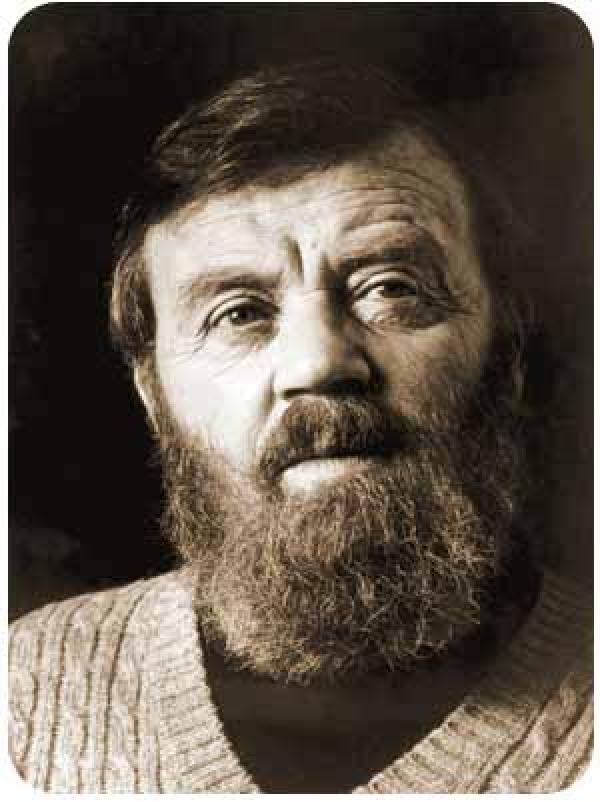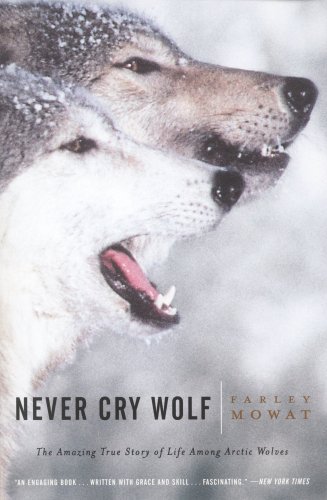“מכל תוכניות הטלויזיה שראיתי, מכל ששמעתי ולמדתי מסביבתי, הצטיירה בעיני תמונה, הבנה, מסויימת של - הטבע, הפרא - מהו. הרבה פחד יש בתמונה זו. הבחוץ הבלתי אנושי, מסוכן הוא. שם, האדם חסר ישא, מותקף ומפסיד. שם האדם אינו יודע ואינו יכול לחיות. התמונה הזאת השתנתה בעת קריאת הספר הזה. זה לא שהכל הפך ורוד וידידותי, כלל לא. השינוי היה בעצם העובדה שהבנתי שאיני יודע דבר על הטבע, שכל שחשבתי, כל האינטואיציה שנאגרה”











